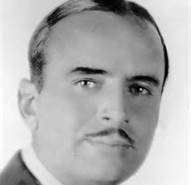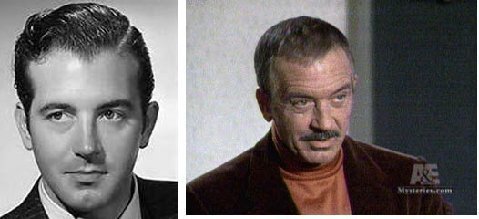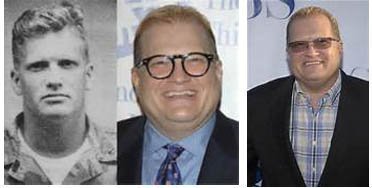
In 1775, when Benjamin Franklin was appointed the first Postmaster General, the U.S. Post Office was born. So important was the Postmaster General that in 1829 this position was included among those in the President's Cabinet. As America began to grow and new towns and villages began to appear, so too did the Post Office along with them. The dates and postmarks generated from these places often has provided the historian with a window into a given time and place in question. Each postmark is uniquely distinctive with its own name of state and town, in addition to its distinctive date.
Post Offices that existed along railroad lines and at various military posts have their own special historical aspect. Mail and postmarks generated from prisoner of war camps during the Civil War, or from aboard naval ships, each with a U.S. Post Office aboard, can and have offered amazing insights into United States history and are avidly sought after by historians and collectors alike.
Between 1874 and 1976 post offices were categorized from first to fourth classes based on the amount of revenue they generated, with first being the highest.
Before the introduction of stamps, it was the recipient of mail—not the sender—who generally paid the cost of postage, giving the fee directly to the postman on delivery. The task of collecting money for letter after letter greatly slowed the postman on his route. Moreover, the addressee would at times refuse a piece of mail, which then had to be taken back to the Post Office (post office budgets always allowed for an appreciable volume of unpaid-for mail). Only occasionally did a sender pay delivery costs in advance, an arrangement that usually required a personal visit to the Post Office. To be sure, postmasters allowed some citizens to run charge accounts for their delivered and prepaid mail, but bookkeeping on these constituted another inefficiency.
Postage stamps revolutionized this process, leading to universal prepayment; but a precondition for their issue by a nation was the establishment of standardized rates for delivery throughout the country. If postal fees were to remain (as they were in many lands) a patchwork of many different jurisdictional rates, the use of stamps would only produce limited gains in efficiency, for postal clerks would still have to spend time calculating the rates on many letters: only then would senders know how much postage to put on them.
Congress finally provided for the issuance of stamps by passing an act on March 3, 1847, and the Postmaster-General immediately let a contract to the New York City engraving firm of Rawdon, Wright, Hatch, and Edson. The first stamp issue of the U.S. was offered for sale on July 1, 1847, in New York City, with Boston receiving stamps the following day and other cities thereafter. They consisted of an engraved 5-cent red brown stamp depicting Benjamin Franklin (the first postmaster of the U.S.), and a 10-cent value in black with George Washington. Like all U.S. stamps until 1857, they were imperforate.
This is the Terminal Annex Post Office in Los Angeles where my father worked for many years. He was in change of the heating and AC.....
And if you want to read a lot more, go here:
https://en.wikipedia.org/wiki/Postage_stamps_and_postal_history_of_the_United_States
Thanks to a few shortcuts, you can have Mama Mia's Meatball Bake on the table in no time. This is an easy dinner recipe that the whole family will love!
- 1 (12- to 16-ounce) frozen garlic bread
- 1 cup ricotta cheese
- 2 tablespoons Parmesan cheese
- 1 (32-ounce) bag frozen meatballs, thawed, cut in half
- 1 cup spaghetti sauce
- 10 slices mozzarella cheese
- Preheat oven to 450º.
- Place garlic bread open face on baking sheet and bake 10 minutes. Remove from oven and reduce heat to 350 degrees.
- In a small bowl, combine ricotta cheese and Parmesan cheese and evenly spread on garlic bread. Place meatballs on top of cheese and evenly spoon spaghetti sauce over meatballs.
- Bake 15 to 20 minutes, or until meatballs are heated through. Top with mozzarella cheese and continue baking 3 to 5 more minutes, or until cheese melts.
2015 – At least 46 people are killed as a result of floods caused by a tornado in Texas and Oklahoma.
See a penny, pick it up. All day long you’ll have good luck.













